As soon as the elevator door closed, the tears gave way, and I walked home with my head down … thoughts of my mistakes running rampant.
So began the reflection of a third-year medical student, who described falling short of his residents’ expectations on a history and physical examination. The crucial flaw? He had taken too long. His reflection continued:
[The next day], an elderly patient, traction stockings covering her small, dark brown legs, shuffled toward me. She stopped directly in front of me, her delicate, slightly stooped frame supported by her thin hand, grasping the IV pole. “Young man,” she said, “I heard you speaking to the patient in the bed next to me [last night]. And I just wanted you to know that I’m just so proud of you.… How you spoke to that patient with such care and intelligence. I’m just so proud.”



